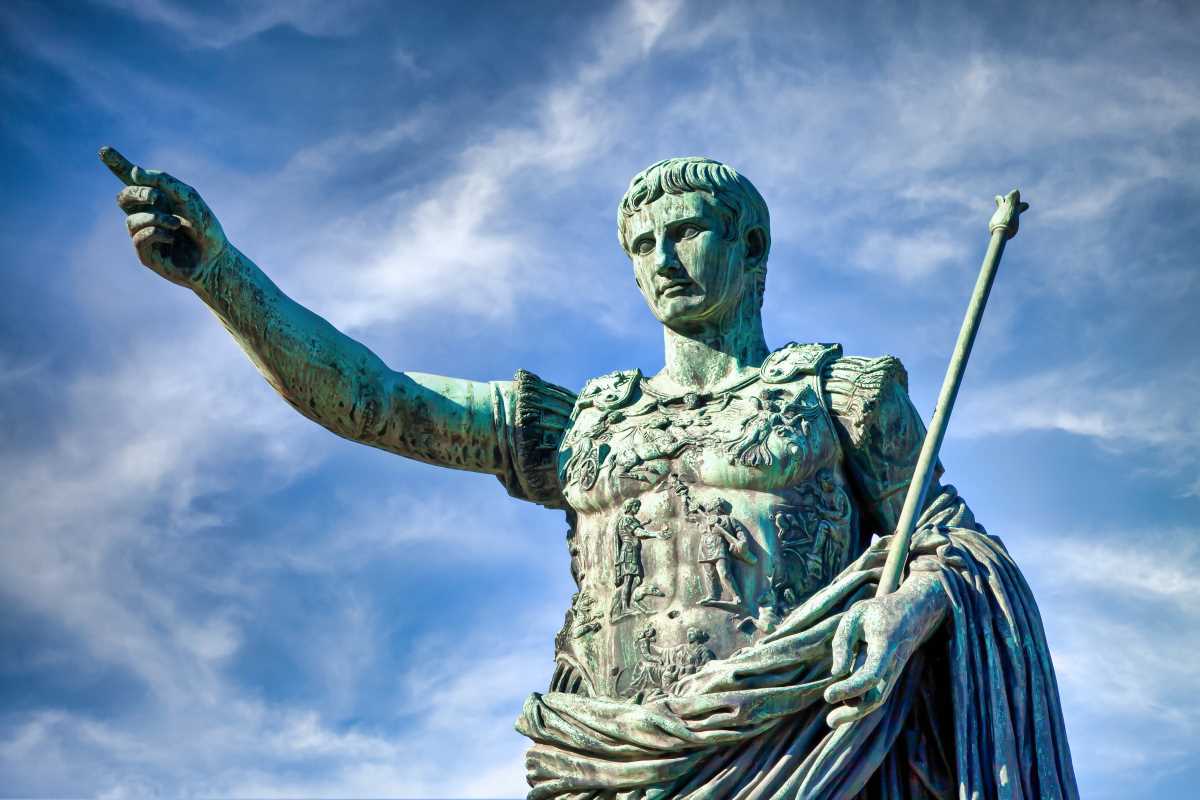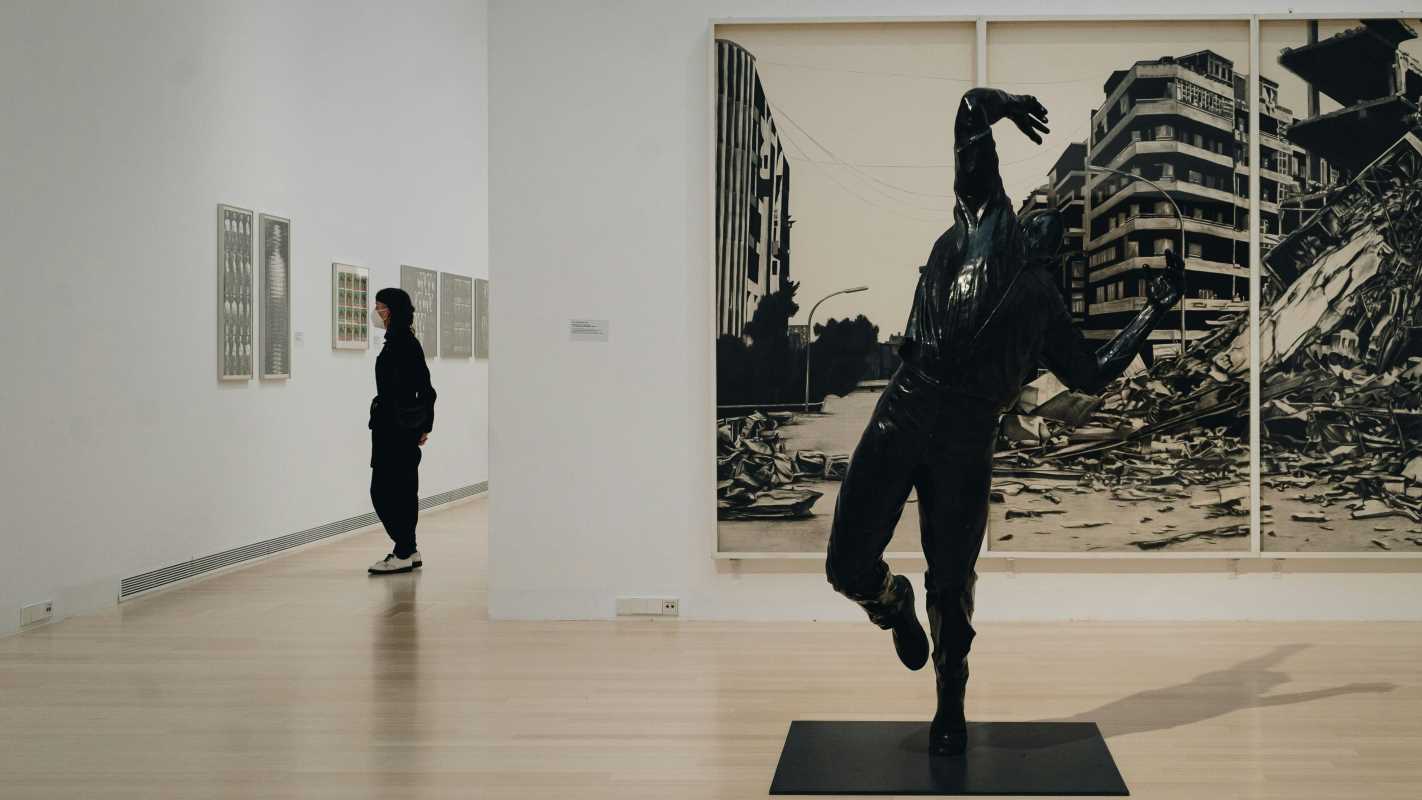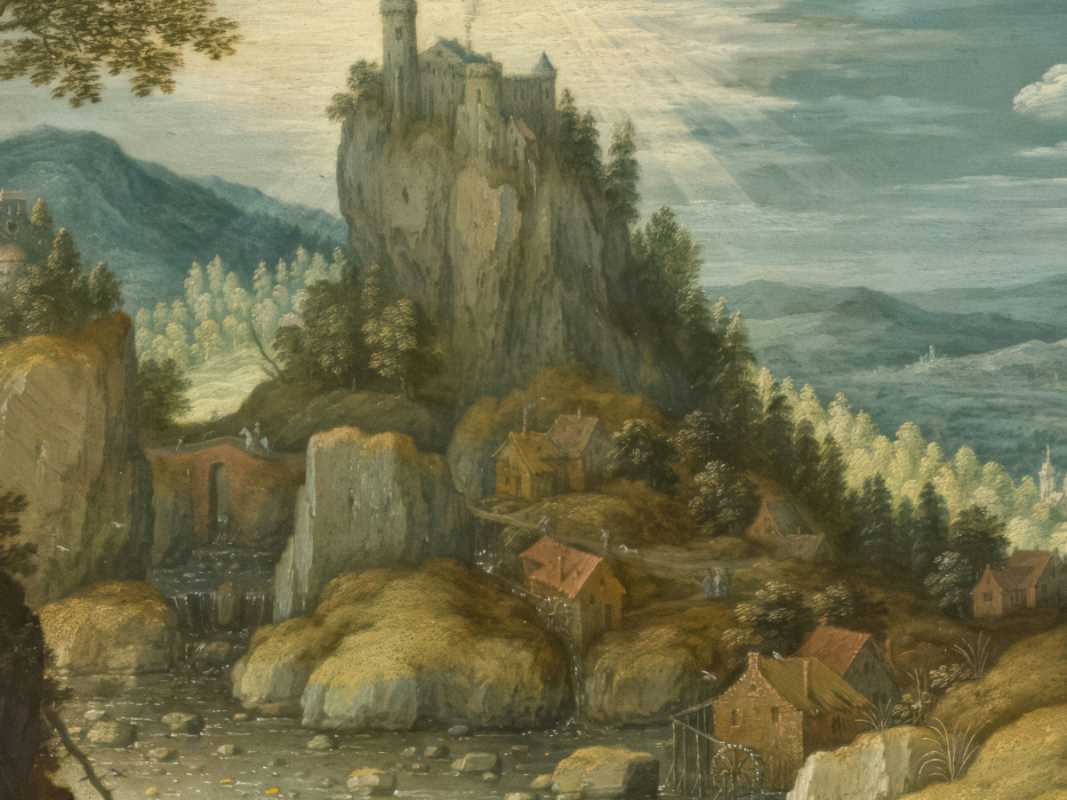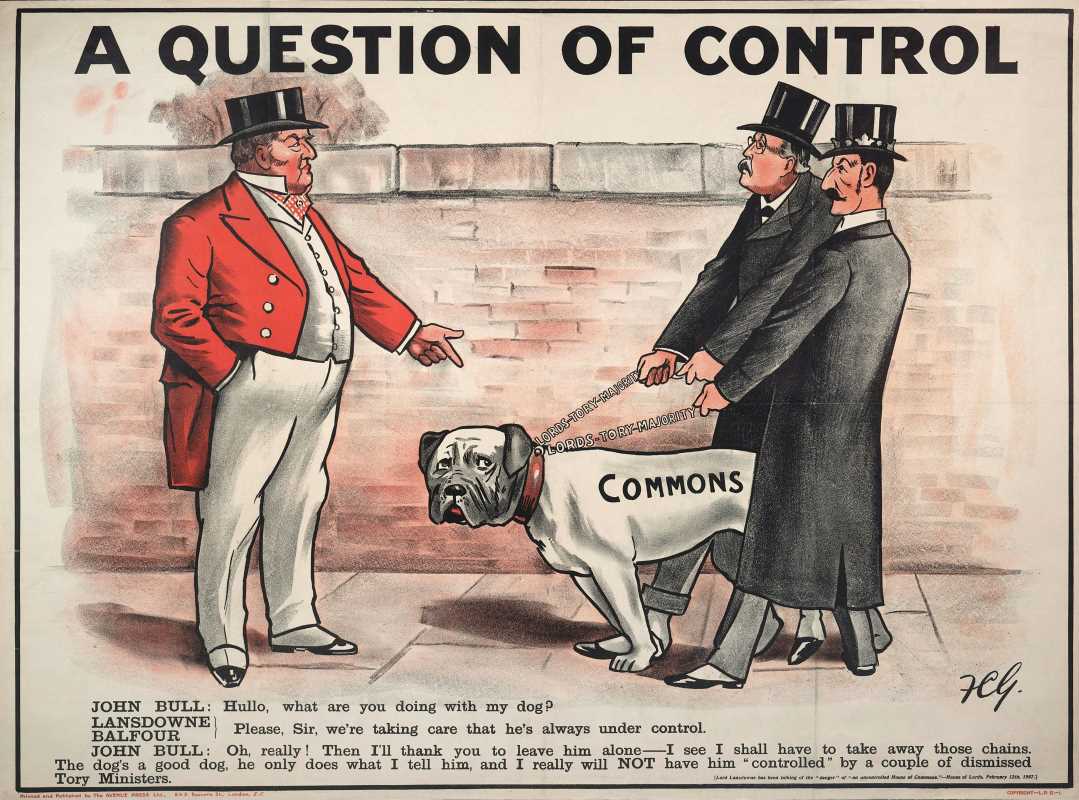The Harlem Renaissance, spanning the 1920s and early 1930s, was more than just a cultural movement; it was a revolution. Born in the Harlem neighborhood of New York City, this era marked the flourishing of African American creativity across various art forms.
It wasn’t just about making art but generating a new wave of identity, pride, and self-expression that would ripple far beyond its initial borders. Here’s a closer look at how this iconic period transformed literature, music, visual arts, theater, and even inspired the world.
A Literary Awakening
The literature of the Harlem Renaissance gave voice to the complexities of African American life, blending personal narratives with a strong political edge. Writers like Langston Hughes, Zora Neale Hurston, and Claude McKay redefined storytelling, infusing their work with themes of racial identity, heritage, and struggle.
Langston Hughes, in particular, became one of the movement’s most recognizable figures, known for his poems like “The Negro Speaks of Rivers” and volumes such as The Weary Blues. Hughes’ ability to weave everyday struggles into verse resonated far and wide. Meanwhile, Zora Neale Hurston brought the vibrancy of African American folklore to life in her novel Their Eyes Were Watching God, a testament to the strength and agency of Black women.
This movement wasn’t confined to fiction and poetry. Alain Locke, through his anthology The New Negro, helped cement the intellectual foundation of the Renaissance. He encouraged African Americans to use art as a means of self-definition, promoting pride and cultural unity. The works born of this period didn’t just belong in bookshelves; their themes echoed throughout the halls of justice and society, laying the groundwork for future civil rights activism.
A Jazz-Fueled Musical Revolution
One of the most enduring contributions of the Harlem Renaissance was its explosion of music, particularly jazz and blues. Harlem became the heartbeat of a new sound, one that was raw, improvisational, and deeply rooted in African American tradition. Institutions like the Cotton Club and the Apollo Theater weren’t just venues; they were incubators for legendary talent.
Icons like Duke Ellington, Louis Armstrong, and Bessie Smith brought jazz and blues to staggering heights. Duke Ellington’s orchestra turned Harlem into an epicenter for musical innovation, with compositions like “Take the A Train” becoming synonymous with the era. Meanwhile, Bessie Smith’s soulful blues vocals captured the emotional reality of life’s joys and struggles in equal measure.
Not only did these artists redefine what music could be, but their work transcended race. Jazz, in particular, became a global phenomenon, inspiring musicians from Paris to Tokyo. The improvisational nature of jazz mirrored the creativity of the Renaissance as a whole, embodying freedom of expression and boundless possibilities.
Visual Arts With A New Narrative
Visual arts during the Harlem Renaissance broke down stereotypical depictions of Black individuals in culture, replacing them with representations steeped in dignity, beauty, and authenticity. Artists like Aaron Douglas, Meta Warrick Fuller, and Augusta Savage used their mediums to explore African heritage while also addressing contemporary social issues.
Aaron Douglas, often referred to as the “Father of Black American Art,” developed a style that fused African motifs with modernist elements. His murals, including those in the New York Public Library’s Harlem Branch, illustrated African American history in bold, geometric forms filled with energy and pride. Meta Warrick Fuller turned to sculpture, crafting works like Ethiopia Awakening, embodying the resurgence of African traditions and pride in the diaspora.
Art from this era wasn’t confined to galleries; it appeared everywhere, including magazines like The Crisis and Opportunity. This democratization of art helped spread the visual language of the Renaissance far and wide, ensuring that the cultural movement resonated with everyone, not just the elite.
Redefining Theater and Performing Arts
The Harlem Renaissance wasn’t only about creating new art; it was also about reclaiming spaces where African Americans hadn’t traditionally been represented. This was particularly evident in theater and performing arts, where artists worked to tell authentic stories that moved beyond caricatures and stereotypes.
The Harlem-based Lafayette Theatre became a pivotal institution, launching productions that showcased the richness of African American culture. Langston Hughes didn’t stop at poetry; he also penned plays, like Mulatto, that confronted issues of race and identity. Similarly, playwrights like Zora Neale Hurston and Wallace Thurman brought narratives infused with the humor, tragedy, and resilience of Black lives to the stage.
One of the most celebrated achievements of the era was the musical Shuffle Along (1921), composed by Eubie Blake and Noble Sissle. It became one of the first Broadway shows written and performed by African Americans, breaking barriers while proving that audiences were hungry for authentic representation on stage. Other stars, like Paul Robeson, whose performance of “Ol’ Man River” is legendary, also emerged as leaders in theater while balancing their activism for civil rights.
Performing arts during the Harlem Renaissance weren’t just entertainment; they were acts of cultural defiance and transformation, reshaping how African Americans were viewed in society and proving that their stories belonged in every cultural arena.
A Global Ripple Effect
The Harlem Renaissance might have been born in the United States, but its impact quickly rippled across the globe. Internationally, it inspired movements like the Négritude literary movement in French-speaking countries, where Black writers and poets celebrated Pan-African identity and culture. Writers like Aimé Césaire and Léopold Sédar Senghor acknowledged Harlem's influence on their work, crediting it as a source of collective heritage and pride.
Harlem’s cultural explosion also fascinated intellectuals and artists in Europe. Paris, particularly its Montmartre district, became home to African American expatriates who continued to push the boundaries of art and music. Jazz musicians like Josephine Baker and Sidney Bechet found eager audiences in Europe, with Baker’s exotic dances celebrated as avant-garde.
Meanwhile, the ideas and ideals of the Harlem Renaissance found their way into the Caribbean, energizing regional movements like Jamaica’s Rastafarian activism or Trinidadian calypso music as expressions of resistance and identity. The Renaissance wasn’t just an artistic moment; it was a call for global cultural equity that reverberated far beyond Harlem.
A Legacy That Endures
The Harlem Renaissance didn’t just influence the world during its time; it built a foundation that artists and movements continue to stand on today. From literature and music to visual arts and theater, it redefined what African American creativity meant, not as a niche but as a critical part of global culture.
By celebrating identity, demanding representation, and turning art into activism, the Harlem Renaissance proved that creativity can transcend boundaries, challenge the status quo, and inspire generations worldwide. Nearly a century later, its impact is still felt every time we celebrate the power of storytelling, rhythm, and cultural pride. Through its vibrant legacy, the movement remains alive, continuing to shape a more inclusive and dynamic arts world.

.jpg)





